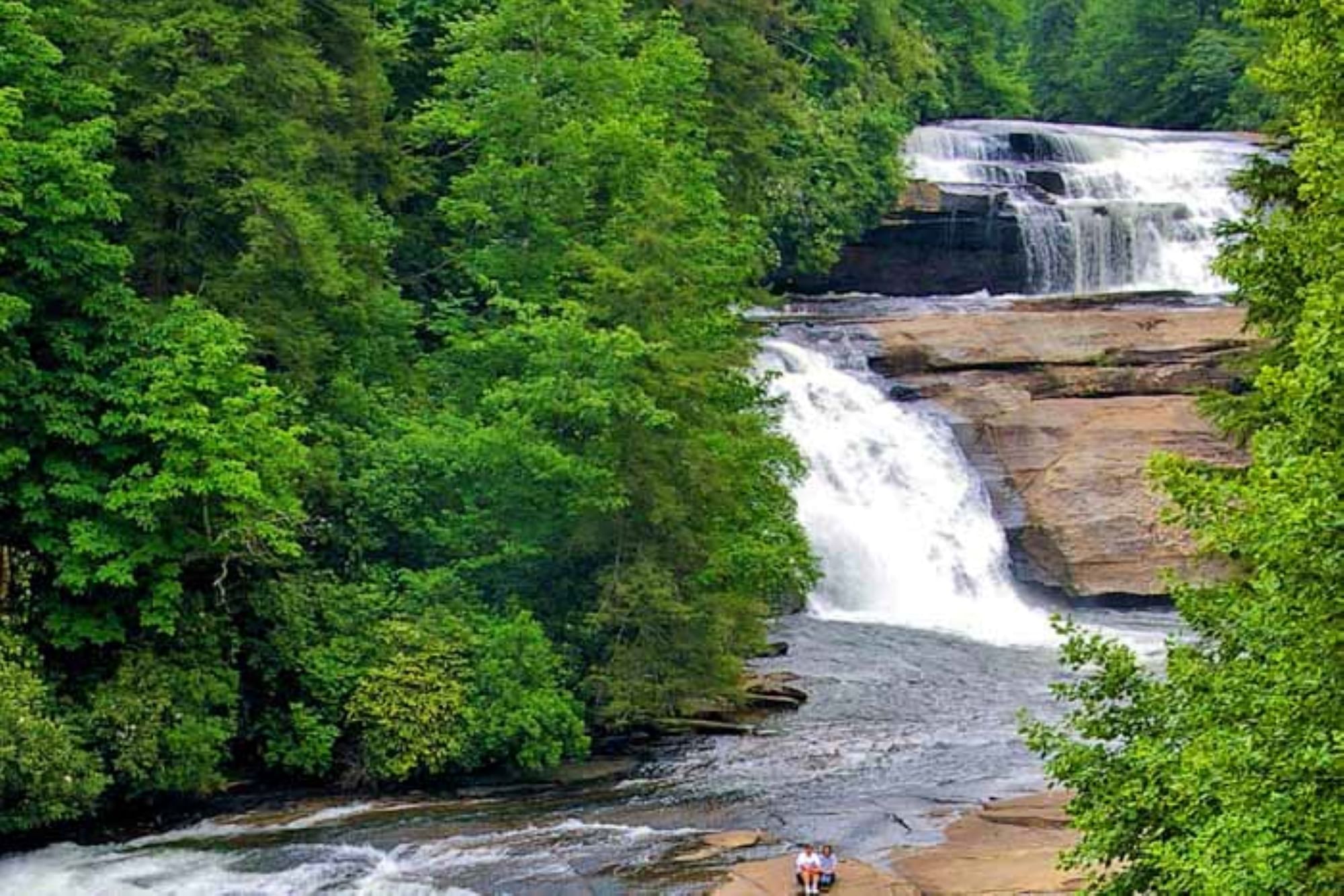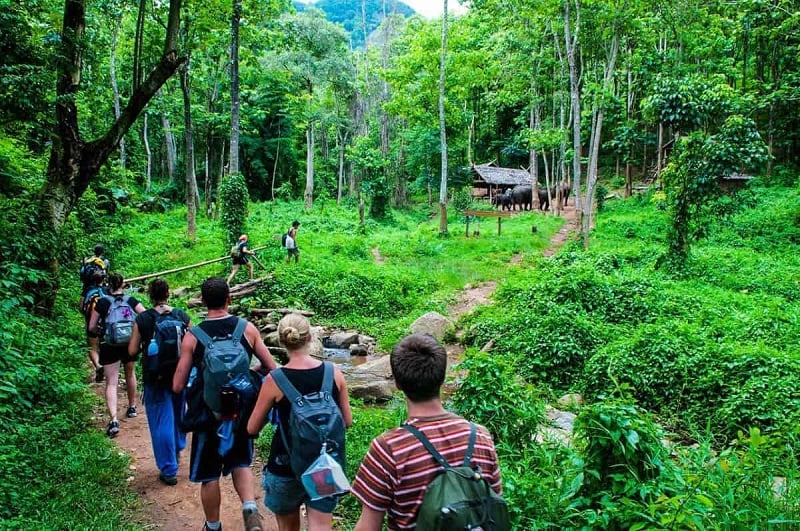Discover Dupont Forest A Natural Wonderland Awaits

Exploring the Natural Marvels of Dupont Forest
A Natural Oasis
Nestled in the heart of North Carolina lies Dupont Forest, a natural oasis brimming with beauty and wonder. Spanning over 10,000 acres, this pristine wilderness is renowned for its stunning waterfalls, scenic trails, and diverse flora and fauna. For nature enthusiasts and outdoor adventurers alike, Dupont Forest offers a captivating escape from the hustle and bustle of everyday life.
Trails for Every Adventurer
With over 80 miles of trails winding through lush forests and along cascading streams, Dupont Forest beckons hikers of all skill levels to explore its breathtaking landscapes. Whether you’re seeking a leisurely stroll or a challenging trek, there’s a trail for you. From the iconic Triple Falls to the serene tranquility of Lake Julia, each path offers a unique opportunity to immerse yourself in nature’s beauty.
Spectacular Waterfalls
One of the highlights of Dupont Forest is its collection of spectacular waterfalls, which are among the most picturesque in the Southeast. Visitors can marvel at the towering cascade of High Falls, feel the misty spray of Hooker Falls, or admire the multi-tiered beauty of Bridal Veil Falls. Each waterfall has its own distinct charm and allure, drawing visitors from far and wide to witness nature’s awe-inspiring power.
Wildlife Encounters
As you wander through Dupont Forest’s verdant woodlands, keep an eye out for the abundant wildlife that calls this place home. From white-tailed deer and wild turkeys to black bears and elusive bobcats, the forest teems with diverse animal species. Birdwatchers will delight in spotting colorful songbirds, majestic raptors, and even the occasional pileated woodpecker. Every hike in Dupont Forest offers the chance for an unforgettable wildlife encounter.
Outdoor Recreation
In addition to hiking, Dupont Forest offers a myriad of outdoor recreational opportunities for visitors to enjoy. Anglers can cast a line in the forest’s pristine lakes and streams, while paddlers can explore its tranquil waters by kayak or canoe. Mountain bikers can test their skills on the forest’s scenic trails, while equestrians can saddle up for a horseback ride through the woods. With so many activities to choose from, there’s never a dull moment in Dupont Forest.
Seasonal Splendor
No matter the time of year, Dupont Forest boasts its own unique brand of natural beauty. In spring, the forest comes alive with a riot of colorful wildflowers and vibrant foliage. Summer brings warm temperatures and long days perfect for outdoor adventures. In fall, the forest is transformed into a kaleidoscope of reds, oranges, and yellows as the leaves change color. And in winter, the forest takes on a serene tranquility, with snow-covered trails and icy waterfalls creating a picturesque winter wonderland.
Preservation and Conservation
Dupont Forest’s pristine beauty is not just a happy accident—it’s the result of decades of dedicated conservation efforts. The forest is managed by the Dupont State Recreational Forest, a partnership between the state of North Carolina and the non-profit organization, Friends of Dupont Forest. Together, they work tirelessly to protect and preserve this natural







